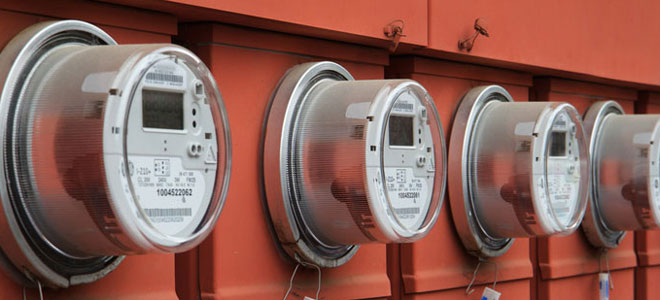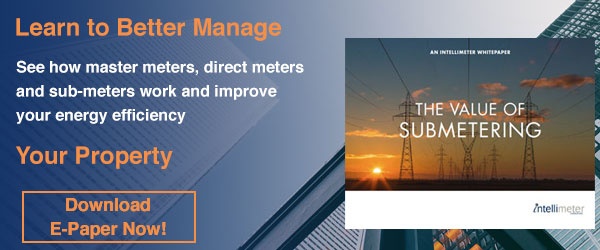The rising costs of energy are impacting businesses across the globe. Companies worldwide are facing an uphill battle with these rising prices, in some cases being hit with hikes of up to 120%, as opposed to 20% increases faced by regular households. Trends show that these figures will continue to grow.
Sub-metering allows landlords, homeowners associations, multi-headquartered companies, property managers and any other type of multi-tenant property owners or associations to monitor their utilities. It also offers the ability to organize and bill the utility usage. It is especially useful when it comes to dividing electrical, gas, or water bills for several buildings, apartments, offices, or even individual tenants. Sub-metering is mostly used for electricity meters, gas meters and water meters, Which are utilities found on any type of building.
Why Should I Opt for Sub-Metering?
First thing’s first! If you want to have the most efficient energy consumption, be it electrical, gas, or water; sub-metering is without a doubt the easiest and most cost-effective method to reduce expense and to correctly track monthly utilities.
“I recommend that master-metered residential buildings currently [in Con Edison’s service territory] be required to submeter each dwelling unit within four years...” • NY Dept. of Public Service Staff testimony in Con Edison rate case September 2008
When it comes to larger spaces or entire condominium associations, sub-metering proves itself to be even more efficient, cutting costs even more. It is since the more apartments, offices, or buildings are metered together; the more significant the chances are that consumption losses will not be tracked down. It means that losses will be harder to track and analyze. Without the possibility of tracking down the source of energy losses, solving the problem becomes exponentially more difficult and costlier.
You can monitor the total electric, gas or water consumption for the entire building and also track the individual components of that consumption, with the added flexibility of being as detailed or granular as a single appliance, like HVAC, refrigerators, TV sets or any load whether indoor or outdoors.
Installing a sub-meter will let you understand and monitor consumption patterns for any specific buildings or equipment.
What Are the Most Important Benefits of Sub-Metering?
From a business perspective, the benefits of sub-metering include:
- Separates energy use in facilities that receive funds from different sources, e.g., state-supported vs. auxiliary, instruction vs. research, academic vs. hospital
- Facilitates charge-backs1 to departments or other campus units as a way to encourage energy efficiency measures.
From an engineering perspective, the benefits of sub-metering include:
- Identifies performance improvements and guides preventive maintenance: trends in the monthly and annual use of each form of energy help to identify the benefits received from system upgrades and also the energy systems (e.g., boilers or chillers) that may need attention if they show unexpected increases in use.
- Enables quick response to failures of system components, assuming the meters are linked to an energy management system (EMS).
From a management perspective, the benefits of sub-metering include:
- Assists in making decisions about energy upgrades in buildings by comparing energy use in similar facilities.
- Focuses accountability for building operations on the facilities department, encouraging building managers to control energy consumption. Facilities department staff review metered data, know which buildings consume a disproportionate amount, and can be held accountable. The data facilitates the dialog and collaboration between the energy manager and the building users (or tenants) in finding ways to reduce consumption, leading to increase efficiency in operations.
Sub-metering is cost-efficient and eco-friendly because it helps in lowering energy consumption and unwanted costs. The lower the energy loss, the bigger the profits and the greener the environment. If that’s not a good enough reason to install a sub-meter, then maybe the reasons listed below will convince you that sub-metering is a must for any building or building complex.
Sub-metering offers:
- A precise and accurate overview of your energy consumption in real-time
- A very detailed review of energy data regarding any monitored facility
- Access to historical records needed when failures appear or to schedule preventive maintenance
- The ability to record your entire real energy usage
- A more efficient decision-making process when optimizing energy consumption per unit/apartment/equipment/building/complex.
- An overview in real-time along with the historical of the consumption of the monitored area
- Ability to identify and fix the sources of energy loss.
It is clear that Sub-metering offers accountability for utilities usage and provides tools that lead to reduced consumption. Take the first step towards managing your energy costs. Re-examine your current setup and make improvements.


